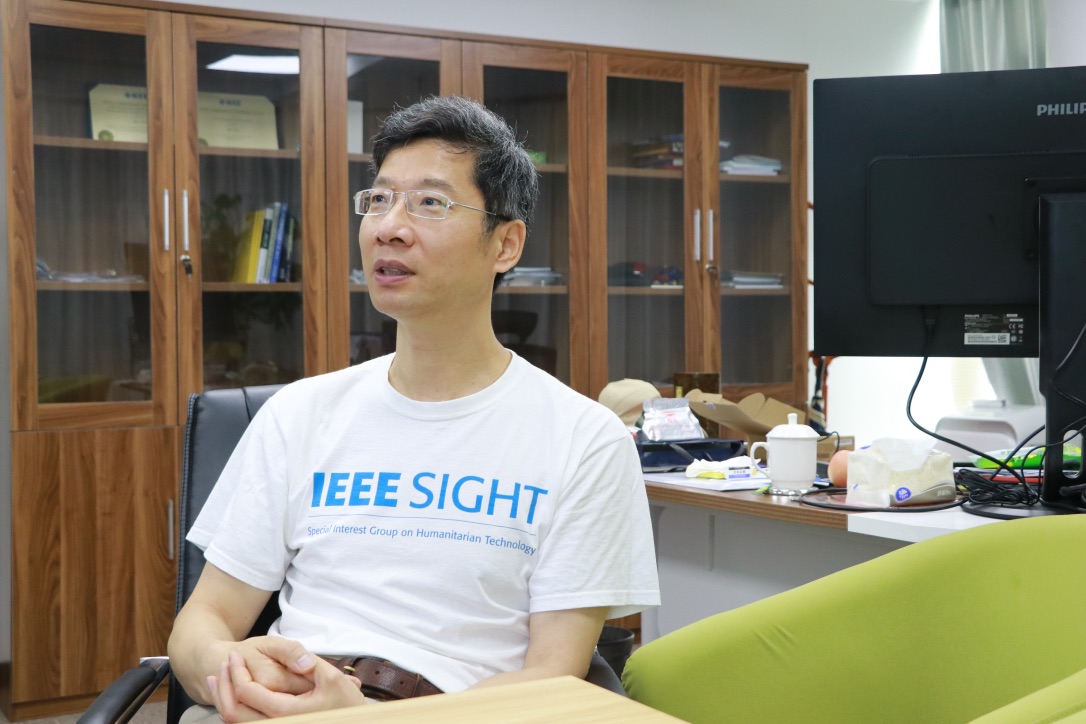Guangming Daily: When spatio-temporal information meets artificial intelligence

In the era of artificial intelligence, what will spatio-temporal information look like? Before discussing this question, it is important to ask some key questions. For example, what is artificial intelligence? What are AI’s shortcomings? What is a self-aware system, and what is the relationship with spatio-temporal information?
What is artificial intelligence? There are many different answers. For example, a system that can complete a person's work, or a computer that replicates human intelligence can be called artificial intelligence. In other words, AI is smart computer science and engineering. However in the computer industry there are particularly specific types of artificial intelligence, namelyrobots. Sometimes they can chat with humans, display basic social interaction, and that is maybe what people associate the most currently with artificial intelligence.
What can artificial intelligence do at present? AI can take on tasks related to reasoning, calculations, and planning.However there are many new applications that AI is being experimented with, such as deep learning, that people do not see yet. In fact for now most people only see a small fraction of what artificial intelligence can do.
From the aspect of applications, the field of artificial intelligence is developing incredibly fast and in a wide range of industries. For example, driverless cars use AI to map out their environment and paths, and in an environment which is already processed by the computer, you can ride in the car perfectly safely.
In some other areas, artificial intelligence is excellent. For instance in the field of image recognition - artificial intelligence systems’ error rate is only 3%, almost the same as humans. Some facial recognition systems have a 99.77% success rate which is very exciting.
Now, in the field of spatio-temporal information, people can receive a lot of data about time and space. Therefore, it is now becoming a key issue to find ways on how to effectively use this data. To use big data, cloud computing and other data to digout effective information patterns, intelligent spatio-temporal information systems need to model their own abstract data for effective conversion.
"Information" and "processed information" are very different. If you only have the former, people don’t know how to use it. Therefore, intelligent spatio-temporal information systems will process huge amounts of data using cloud computing and willultimately be able to interpret this information - that is artificial intelligence, which will become a key component in intelligent information systems.
(Author: Yao Xin, Department of Computer Science and Engineering of the Southern University of Science and Technology)


